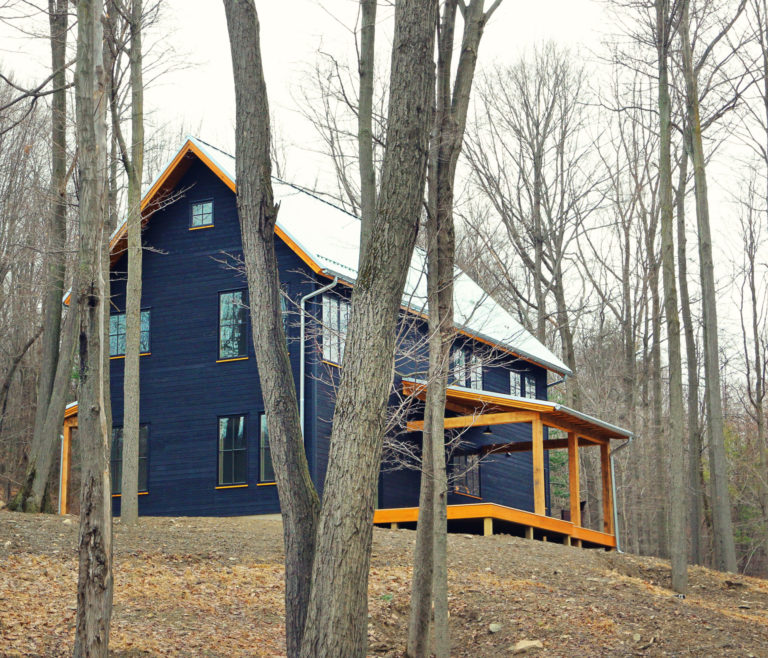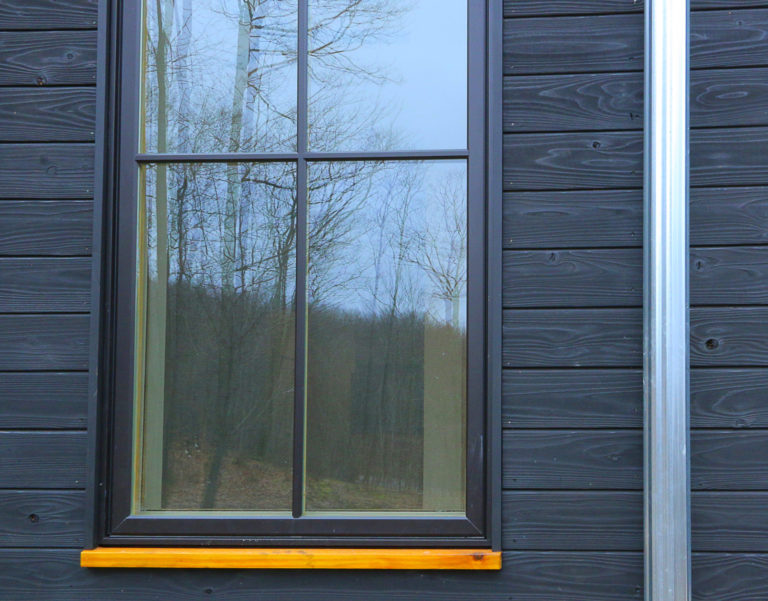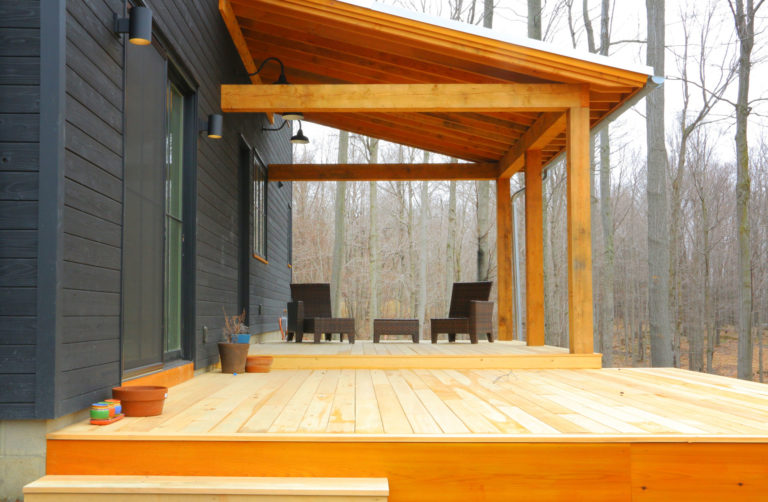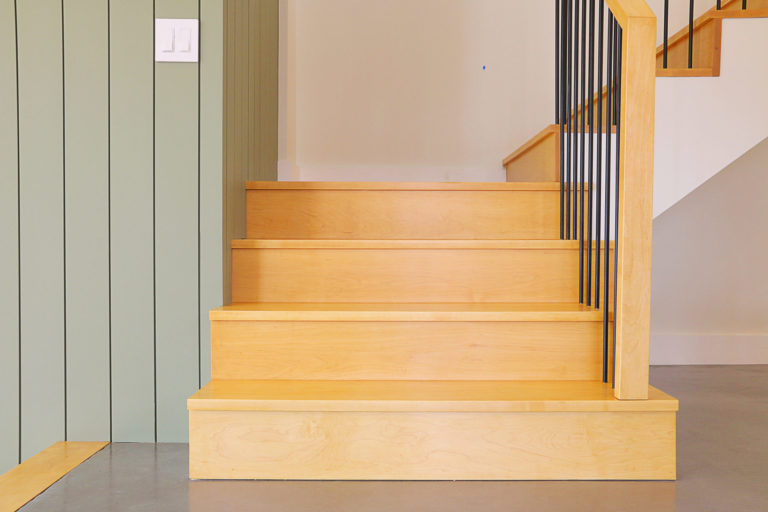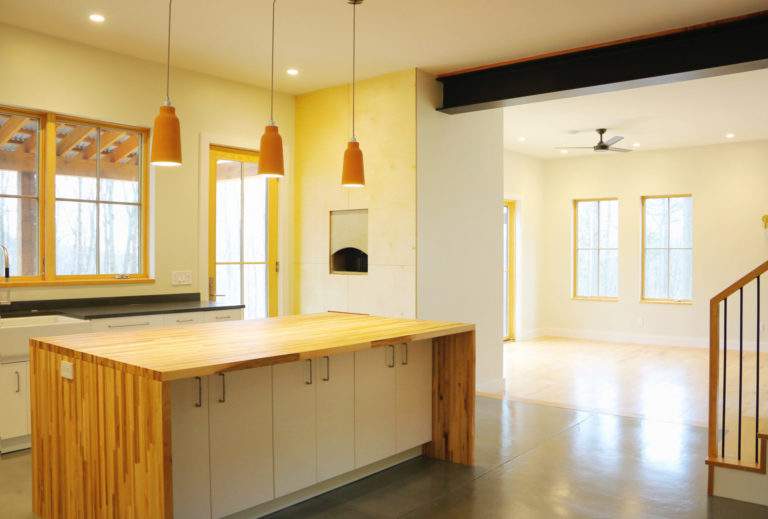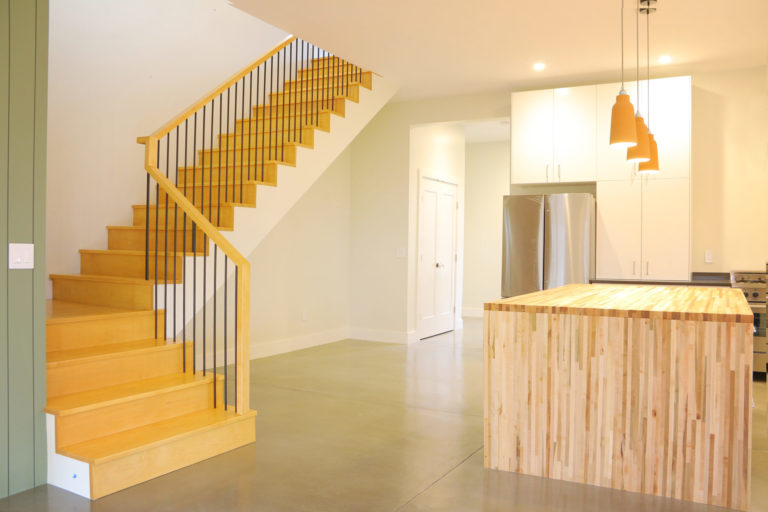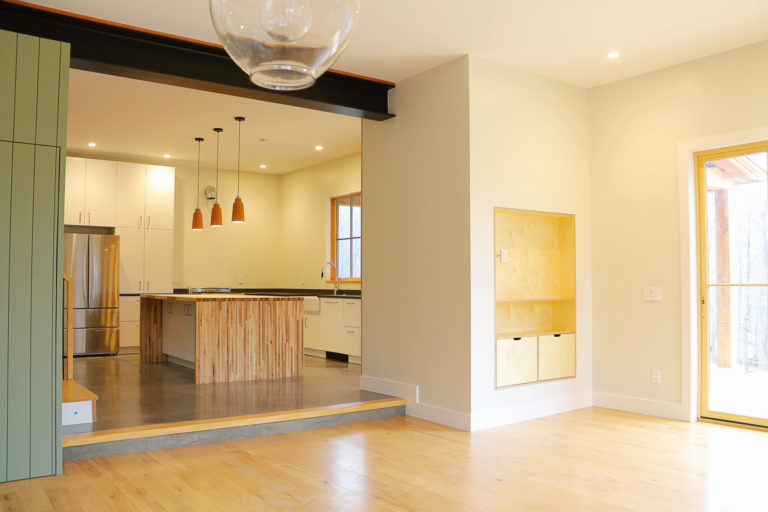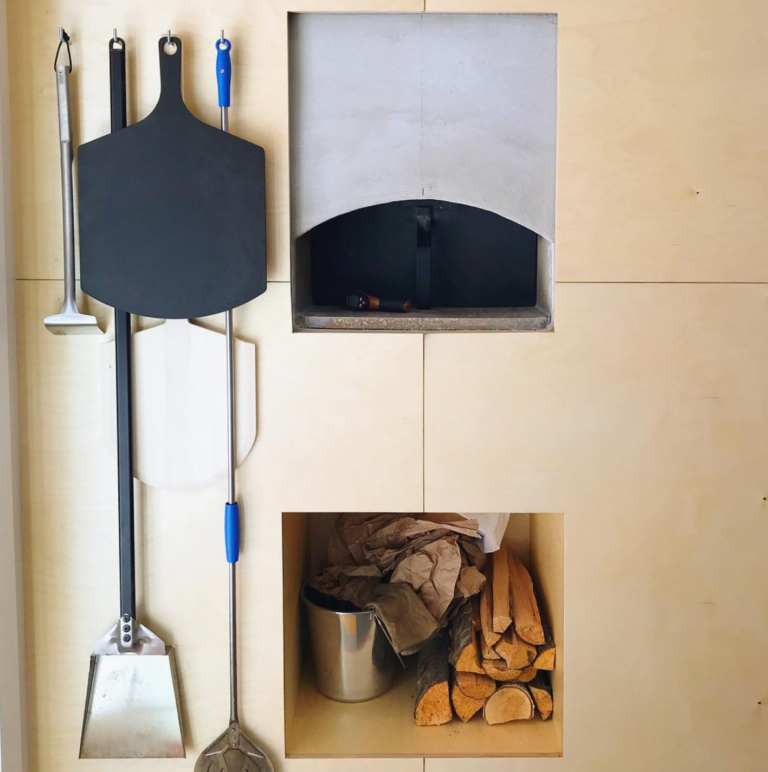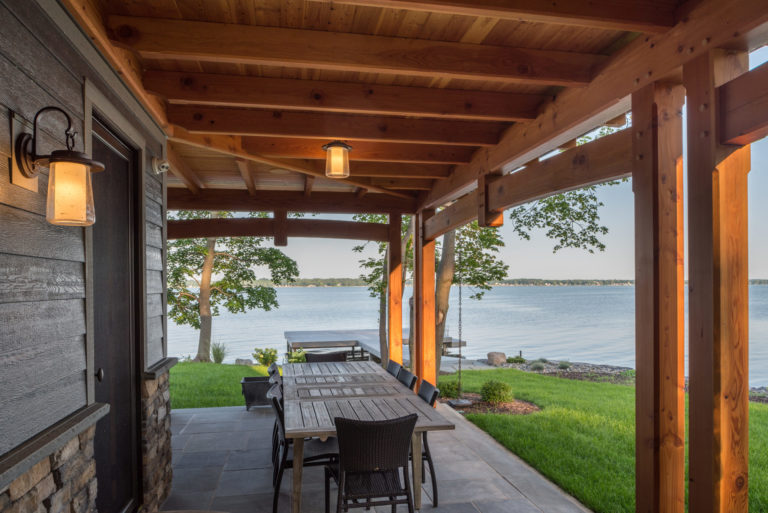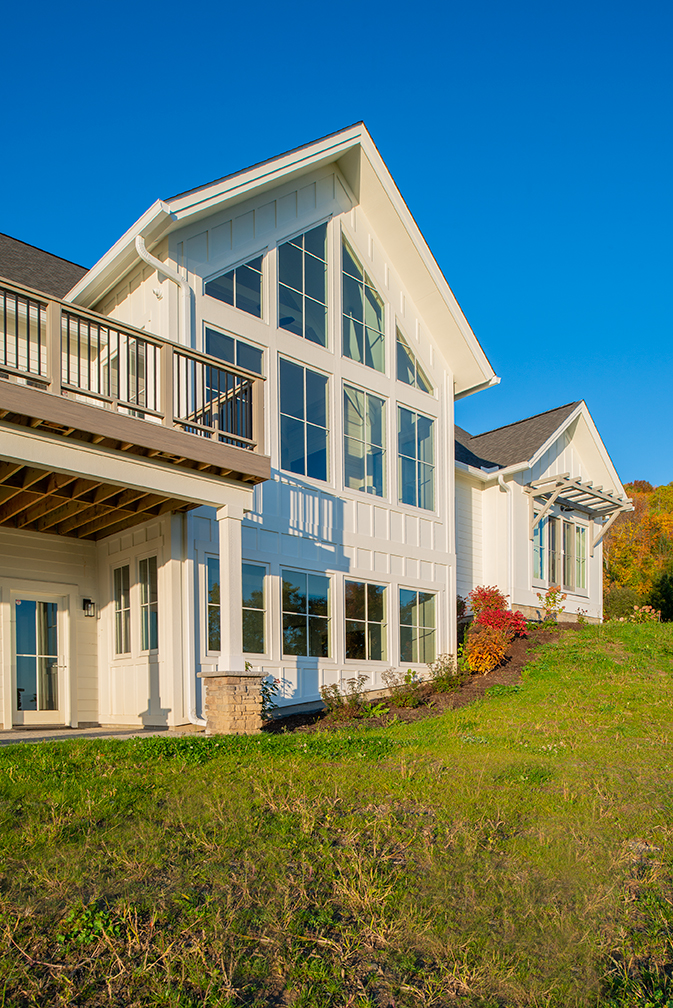Building airtightness (also called envelope airtightness) can be defined as the resistance to inward or outward air leakage through unintentional leakage points or areas in the building envelope. This air leakage is driven by differential pressures across the building envelope due to the combined effects of stack, external wind and mechanical ventilation systems.
An airtight building has several positive impacts when combined with an appropriate ventilation system (whether natural, mechanical, or hybrid):
– Lower heating bills due to less heat loss, with potentially smaller requirements for heating and cooling equipment capacities
– Better performing ventilation system
– Reduced chance of mold and rot because moisture is less likely to enter and become trapped in cavities[citation needed]
– Fewer draughts and thus increased thermal comfort
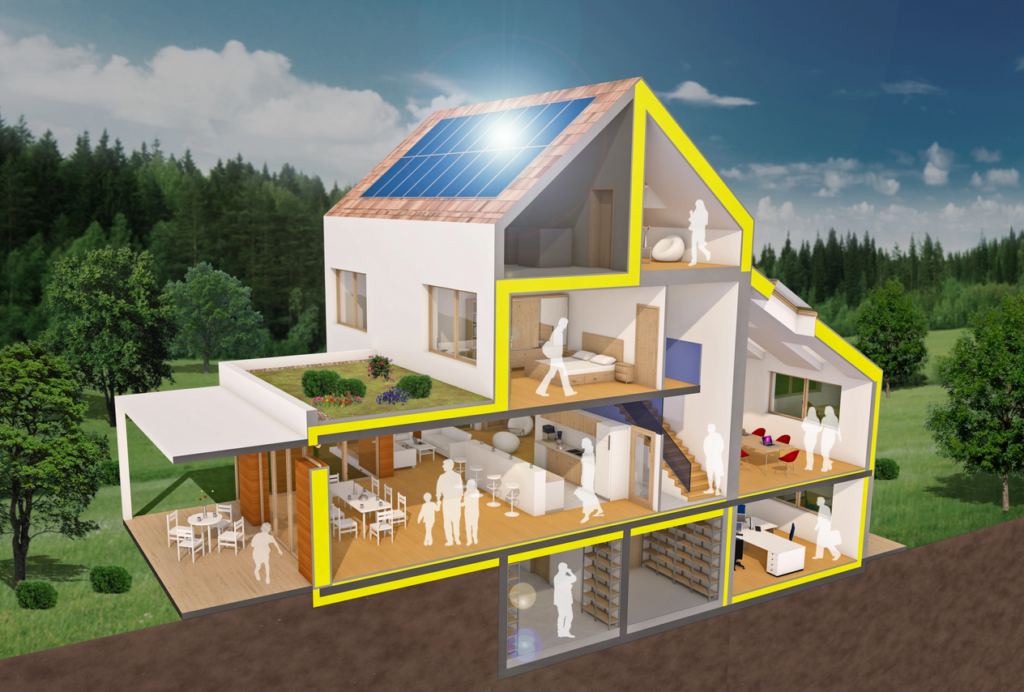
Thermal insulation in buildings is an important factor in achieving thermal comfort for its occupants. Insulation reduces unwanted heat loss or gain and can decrease the energy demands of heating and cooling systems.
We often recommend SIPs panels for the construction of your home. Structural insulated panels (SIPs) are a high performance building system for residential and light commercial construction. The panels consist of an insulating foam core sandwiched between two structural facings, typically oriented strand board (OSB). SIPs are manufactured under factory controlled conditions and can be fabricated to fit nearly any building design. The result is a building system that is extremely strong, energy efficient and cost effective. Building with SIPs will save you time, money and labor.
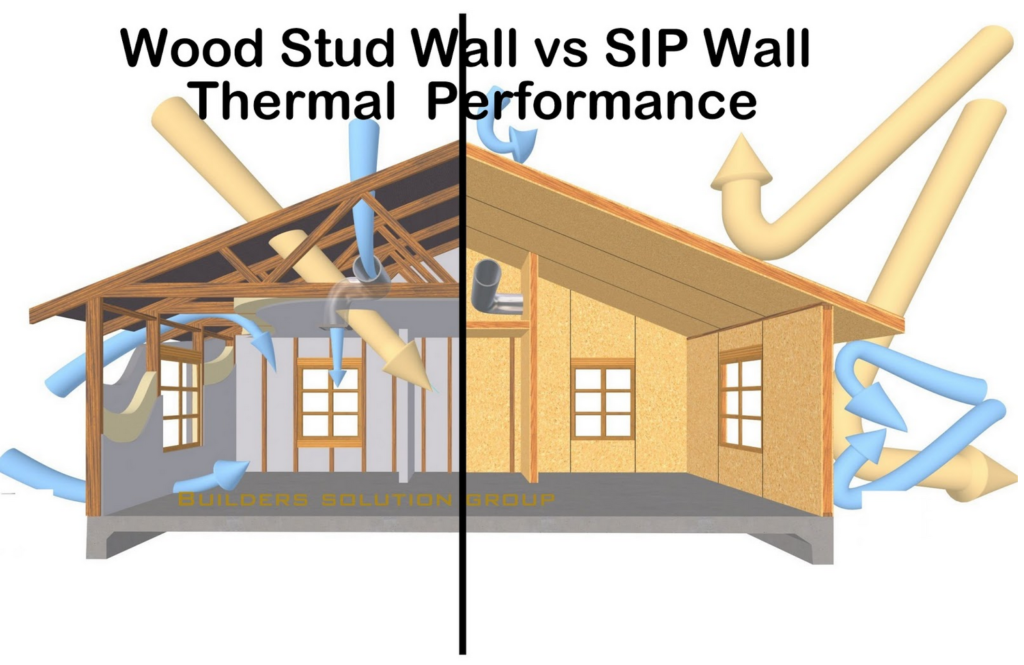
Almost all historic buildings were ventilated naturally, although many of these have been compromised by the addition of partition walls and mechanical systems. With an increased awareness of the cost and environmental impacts of energy use, natural ventilation has become an increasingly attractive method for reducing energy use and cost and for providing acceptable indoor environmental quality and maintaining a healthy, comfortable, and productive indoor climate rather than the more prevailing approach of using mechanical ventilation.
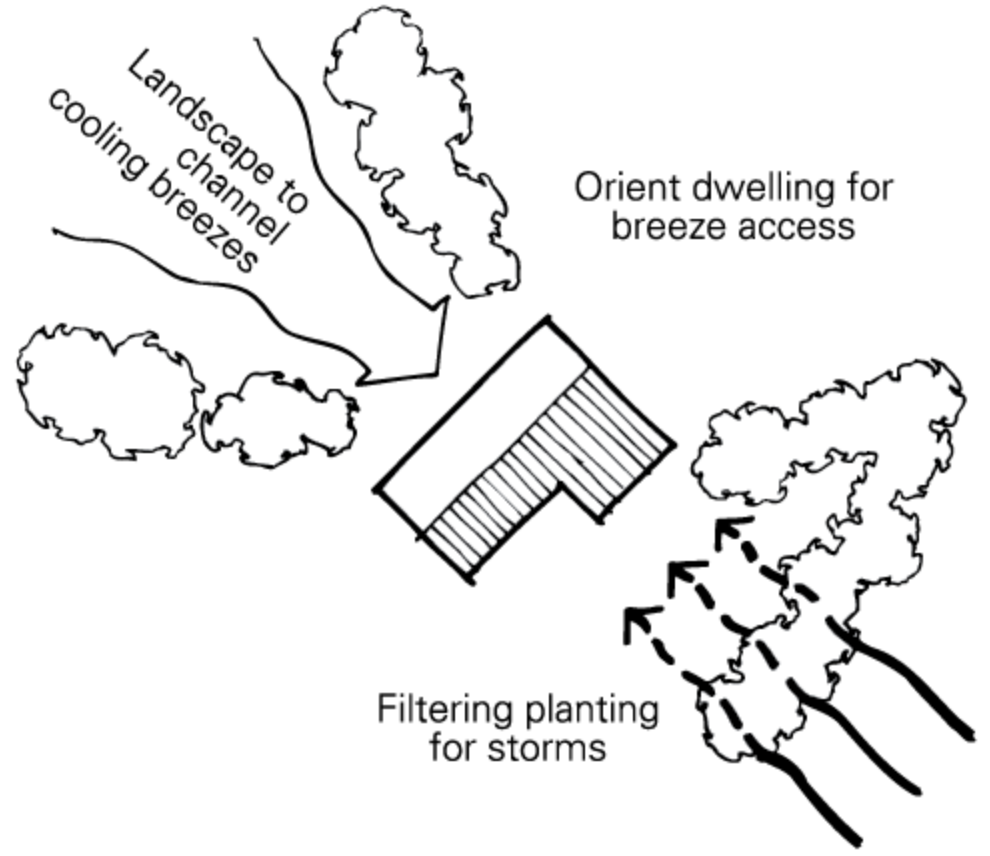
The Nitty Gritty ENERGY EFFICIENT HOME DESIGN IN SOUTH BRISTOL, NY
Our project we call Wooded Escape was an awesome balance of energy efficient architecture and clean design. Our clients requested all angles of efficiency be considered while designing their dream home in South Bristol, NY.
– Transom windows above interior doors. (In architecture, a transom is a transverse horizontal structural beam or bar, or a crosspiece separating a door from a window above it.)
– A wood-fired oven. Okay the clients came to us with this one but the fascinating part is that the oven heats the home significantly and we factored in this exchange of air, pressure and temperature as if it were their true heat source.

